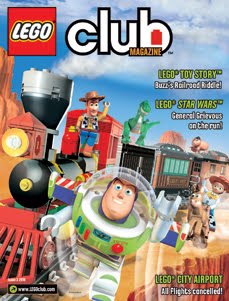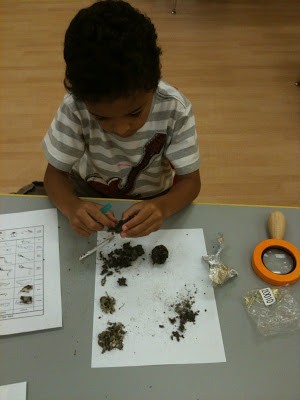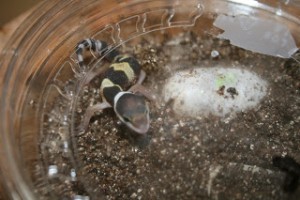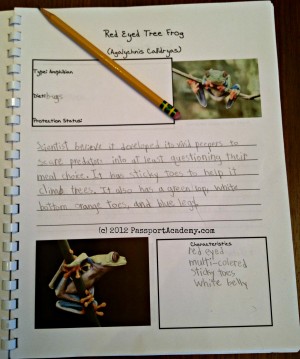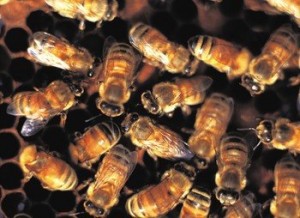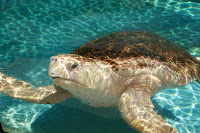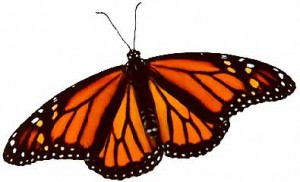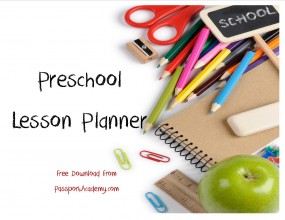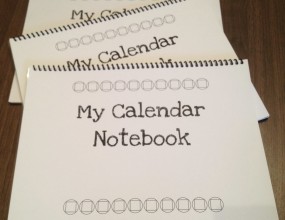We finished our Life Cycle of a Snail study (part of our general life cycle study this year).
We were able to find 3 snails in our neighborhood that we could observe.
Our guess is that they are Globose button snails (but don’t quote me on that).
We will have to see if we can find a Master Naturalist that we can ask, but for now our primary focus was on observing the snails, labeling body parts and learning their functions, and discussing their habitat and what they eat.
During our observation (3 days) the kids were particularly surprised, as was I, at the size and the amount of waste (poop) these guys have! I won’t post the pictures, you’ll just have to take my word on it!
Another popular Florida snail that we enjoyed learning about was the Florida Apple Snail. It is the major food source for the endangered Snail Kite and gets its name because it can grow as large as an apple!
There is a local wetland park that we go to where we can observe this snail, its eggs and even take home a few empty ones. Interestingly enough, there is a species of apple snails that are invading our wetland territories that are exotic (non-native). This is a good handout on apple snails that also shows the various eggs from the different species. The ones that are native to us in Florida are white, the island apple snail eggs are pink. We observed them on our field trip last week which was also nice for the kids to see.
I always try to offer hands-on learning opportunities whenever possible. Sometimes, that means a lot of field trips but the the children always enjoy them and I can see firsthand that they not only learn the material, they retain what they have learned. Plus, following a field trip or hands-on learning opportunity we tend to delve deeper into the subject through the use of non-fiction books and they seem to enjoy it more if they have had an experience they can reference. The same works in reverse of course. We never go on a field trip “cold”. We learn a little about the subject before we go. Recently I’ve also started asking them to tell me what they would like to learn about (subject) while on our field trip. This has proved to be helpful too. From there we always discuss what they already know vs. what they want to find out. After the field trip we talk about what we learned—even Mommy. I want them to be lifelong learners and while I’m their teacher as well as their mother, I don’t feel the need to come across as an expert on all subjects with my children. One of the many things I enjoy about homeschooling is learning alongside my children.
Resources used:
Apple Snails and more on apple snails
Florida land snail gallery
Giant Science Resource Book by Evan-Moor Publishers pages 43-44
Snail by Karen Hartley & Chris Macro
Snails up close by Greg Pyers
Did you know…
Many land snails are both male and female? When they mate they both end up with the ability to lay eggs.
Some aquatic snails do not need to mate in order to reproduce.
Because I cannot get enough of my Flip Video Camera here is a clip of our snail observation and discussion.
http://www.youtube.com/get_player
UPDATE:
I wasn’t with the children when they brought home 2 additional snails they found on a walk with their father. However, after reading one of our non fiction books on Snails that included a photograph of the snails mating, the children exclaimed, “That’s how our snails were when we saw them. They had their heads stuck together like that. So we pulled them apart!”
Ah, if only I had known we missed an opportunity to watch our snails lay eggs!




